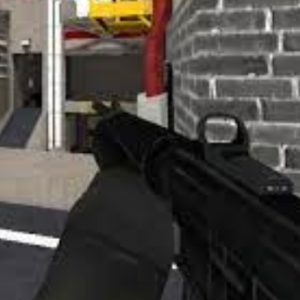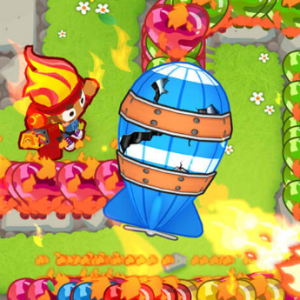Similiar games
Tunic is an action-adventure game built around free exploration, hidden paths, and an indirect approach to world-building. The player begins as a fox awakening in an unknown land with no explanations, and from the first moments the environment encourages curiosity. Instead of offering instructions, the game relies on visual clues, environmental layout, and discoveries made through experimentation. Progress depends on gathering items, learning movement possibilities, and understanding how the different regions connect.
Exploration And Navigation
The world is divided into multiple areas with their own layouts, hazards, and structural rules. Movement is influenced by stamina, which affects dodging, blocking, and attacking. New tools such as a sword, shield, or various magical items unlock additional routes and allow the fox to navigate zones that were inaccessible earlier. Because the perspective hides many entrances and passages, players learn to examine angles, walk behind structures, and test suspicious edges to uncover shortcuts or optional paths.
Gameplay Elements
Throughout Tunic, players engage in several core activities that define the overall gameplay rhythm:
- Discovering hidden chests that contain coins, upgrades, or key items
- Reading manual pages that explain controls, mechanics, and world structure
- Fighting enemies using timing-based attacks, rolls, and defensive actions
- Activating devices or switches that open doors, bridges, or alternative routes
- Exploring regions to locate clues that reveal secrets or guide progression
These tasks appear in new combinations as the player moves through different sections of the world.
Manual And Learning Curve
The in-game manual plays a central role in understanding the world. It is presented as a collection of pages scattered across different regions, each containing diagrams, maps, notes, and symbols written in a fictional language. Even without full comprehension of the text, the player can interpret instructions through illustrations and layout. This design encourages revisiting earlier pages to notice new connections as more items and abilities are obtained. The manual effectively becomes a puzzle in itself, guiding players without direct explanation.
Progression And Final Steps
As players advance, they unlock abilities and equipment that open deeper areas, reveal hidden structures, and clarify the overall direction of the journey. Earlier regions become valuable again once new movement options are available, creating opportunities to uncover secrets that were previously unreachable. By the end of the game, progression is shaped by collected knowledge, updated manual pages, and the player’s understanding of how the world is organized. Tunic builds its experience around observation, deduction, and exploration, letting players discover the path forward at their own pace.




















